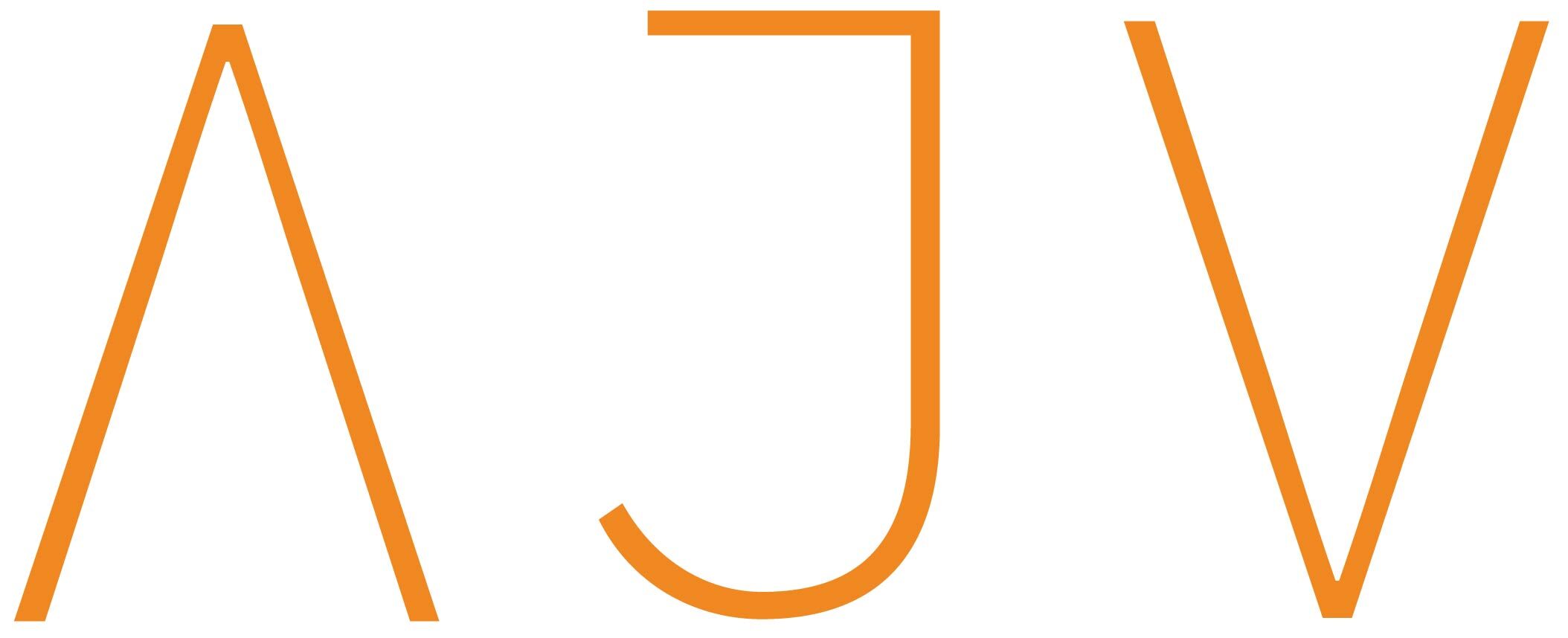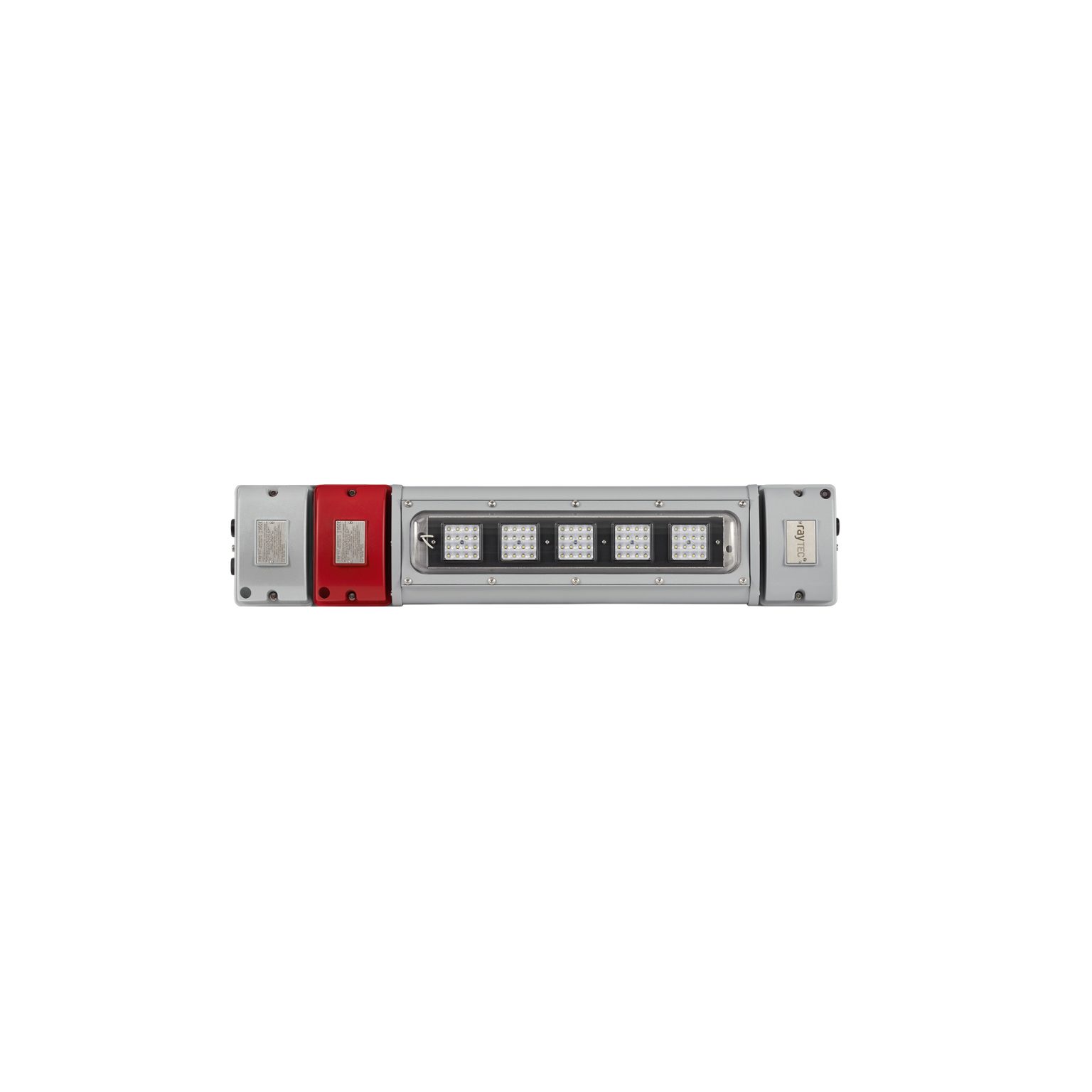Introduction
All industries, such as oil, gas, chemical plants, and refineries, must maintain safety and compliance with regulated standards. Hazard areas where flammable gases, vapours, or dust exist demand highly specialised lighting solutions to minimise the possibility of ignition. Zone 1 LED lighting, therefore, eliminates these safe environments for workers without compromising high operational efficiency.
Designed to provide long service life, energy efficiency, and the realisation of international safety certifications, Zone 1 LED is the diagnostic solution for hazardous environments. It has conformed to stringent standards from organisations such as ATEX, IECEx, UL, and the like, making it eligible for installations in areas with likely explosive atmospheres. This article will discuss Zone 1 LED lighting and aspects like its certifications, features, and application benefits. Also presented will be the essential purchase considerations to advise industries in choosing the correct one.
What Is Zone 1 LED Lighting?
Zone 1 LED lights are specifically designed lighting systems for hazardous areas where an explosive atmosphere occasionally exists under normal working conditions. Hazardous zones of this description include industrial applications, such as oil rigs, chemical processing plants, and refineries, where flammable gases or vapours are available in significant quantities. The lighting systems in those areas must be safety-certified, ensuring any light fixtures do not become a potential source of ignition.
Zone 1: Zone 1 is one classification for hazardous locations where explosive substances are likely to be present.
Zone 1 LED lights engineered for enhanced safety are also designed to survive extreme environments while providing major energy savings, long life, and low maintenance costs compared with other traditional lighting options.
Difference Between Zone 1 & Other Hazardous Area Classifications:
Zone 0:
Zone 0 areas always have an explosive atmosphere or long durations where present. This is the classification at maximum risk of explosion. In Zone 0, only the most highly specialised and robust equipment with intrinsic safety-rated lighting is allowed.
Zone 1:
Zone 1 covers locations where an explosive atmosphere could likely occur during regular operational hours rather than continuously. It includes areas where gases, vapours, or mists are usually present under normal operating conditions. Zone 1 LED lights must withstand this atmospheric ignition potential and are typically constructed using protective enclosures, explosion-proof housings, or flameproof designs to prevent ignition.
Zone 2:
Zone 2 is classified as a place where an explosive atmosphere is not expected to occur in everyday situations but could exist when a fault occurs. The probability of ignition is less than in Zone 1, and most lighting in Zone 2 relies less on special equipment for durability but mainly on short-term exposure to hazardous environments.
Key Features of Zone 1 LED Lighting
- Explosion-Proof Casement: The Zone 1 LED luminaire is encased in explosion-proof sturdy casings such that no electrical component can accidentally ignite the surrounding atmosphere.
- Certification in the ATEX and IECEx Categories: The luminaires conform to international safety standards such as ATEX in Europe and IECEx globally.
- Energy-Efficient: LED lights’ energy efficiency has potential compared to other lighting means, reducing running costs and the environment.
Longevity: The robust construction of Zone 1 LED lighting should ensure that these systems will have longevity and, hence, less frequent replacement and downtime.
- Enhanced Durability: Zone 1 LED light can withstand severe environmental conditions such as high temperatures, humidity, and corrosive materials and is capable of long-term productivity in extreme industrial environments.
- Lower Maintenance Cost: The fewer moving parts Zone I LED lights have, along with the extended lifespan between failures, provides a much lower maintenance cost over the long run.
- Low Heat Emission: LED lighting generates low heat, which reduces the risk of ignition from flammable diesel gases or vapours that could exist in hazardous conditions.
- Light Output Adjustability: Most Zone 1 LED lights have the means to adjust light intensity and distribution, ensuring that illumination can be optimized for a variety of industrial applications.
Industries & Applications for Zone 1 LED Lighting
-
Oil & Gas Industry:
Zone 1 LED lighting is extensively utilized at oil rigs, refineries, and offshore platforms that contain flammable gases and vapours.
-
Chemical Manufacturing:
Facilities that produce chemicals or process flammable materials also benefit from Zone 1 LED lighting to ensure employee safety and compliance.
-
Pharmaceutical Industry:
Zone 1 LED lighting fulfils this requirement in pharmaceutical production sites dealing with hazardous chemicals and gases.
-
Petrochemical Plants:
These plants often contain flammable gases, and therefore, lighting that fulfills the requirements of Zone 1 is needed to avoid the possibility of ignition.
-
Mining Operations:
Undersurface and surface mining operations that use explosives and risk the materialisation of volatile chemicals use Zone 1 LED lighting to ensure operational safety.
-
Marine and Offshore Platforms:
Under these conditions, Zone 1 LED lighting is necessary for ships and offshore structures where hazardous conditions exist, such as ship engines and storage tanks.
-
Food Processing:
These can be in factories processing food that utilise, among others, explosive dust or vapours. Zone 1 LED lighting ensures safety in the processing and storage areas.
-
Wastewater Treatment Plants:
Zone 1 LED lighting is in areas handling potentially explosive gases to ensure illumination while still being safe.
How to Choose the Best Zone 1 LED Lighting
-
Certification Compliance:
Ensure that the illumination meets all necessary safety and regulatory standards, such as ATEX, IECEx, or UL certification for use in hazardous locations.
-
Durability and Construction:
Look for lights with toughened and unwavering design features that can withstand extreme environmental challenges, such as changing temperatures, water, and corrosive chemicals.
-
Energy Saving:
LED lighting is supposed to take energy savings without compromising brightness and good performance; energy-efficient lighting reduces operational costs over time.
-
Lifespan and Maintenance Requirements:
Select lights for long service durations, which will decrease replacement duration and frequency and, in turn, lead to minimal maintenance, which might be expensive and disruptive.
-
Light Output and Distribution:
Assess your application’s lighting needs. Select the appropriate LED fixtures with adjustable light output and distribution to provide optimal coverage and visibility in the hazardous area.
-
Comparison: Best Zone 1 LED Lighting Fixtures
| Model | Lumen Output | Power | Voltage Range | Certifications | IP Rating | Materal | Best for |
| ABC-EX1000 | 10000 | 50W | 100-277V AC | ATEX Zone 1, IECEx | IP66 | Aluminum Alloy | Oil Rigs |
| DEF-EX500P | 5000 | 30W | 120-277V AC | ATEX Zone 1, NFPA 70 | IP65 | Stainless Steel | Chemical Plants |
| GHI-EX2000M | 20000 | 100W | 100-305V AC | IECEx, NEC 500 | IP67 | Copper-Free Aluminum | Large Warehouses |
Benefits of Zone 1 LED Lighting
-
Energy Efficiency:
- LED technology uses much less energy, providing significantly higher levels of illumination, lower energy bills, and ecologically sustainable operations.
-
Long Life:
- Zone 1 LEDs last up to 60,000 hours, so replacements are generally low, reducing maintenance capital and interruption time.
-
Minimum maintenance:
- The rugged construction and robust materials of Zone 1 LED lights defy the probabilities of frequent maintenance or repairs for reduced cost of operations.
-
Cost Benefits:
- Energy efficiency and long life will result in tremendous savings over the lighting system’s lifetime.
-
Environmentally Friendly:
- These are recyclable and do not contain chemicals, such as mercury, in LED lighting, which means they are environmentally friendly.
-
Durability:
- The harsh industrial conditions dictate that Zone 1 LED lighting must be specifically designed to withstand extremely high levels of humidity, vibration, and corrosive exposures.
-
Quick Installation:
- Several mounting options allow easy installation of Zone 1 LED lights in many hazardous environments, thus reducing installation time and costs.
-
Higher Productivity:
- Better visibility because of enhanced lighting minimises accidents and maximises activity by workers in hazardous areas.
Conclusion:
The lighting for hazardous industries– such as oil and gas, chemical manufacturing, or petrochemical plants- will need safety and energy efficiency in lighting solutions. Zone 1 LED lighting becomes stout and reliable in an area that might sometimes be subject to explosive atmospheres in everyday operations. These lights meet not only very stringent safety standards like ATEX and IECEx but also have energy efficiency, durability, and lower maintenance costs, in addition to their several advantages.
For industries that wish to adopt Zone 1 LED lighting in their setups, factors like certification, compliance for lighting, energy efficiency, life expectancy, and light output will count. Perfect fixtures could include high-performing units such as those from AJV Tech Linear LED Lighting, which promise extreme longevity and maintenance-free service. Both purposes of worker and operational safety, as well as optimum illumination in hazardous environments, are assured for these fixtures.
FAQs
What is Zone 1 in hazardous lighting?
Zone 1 is where an area is classified as hazardous during normal operating conditions when it can cause an explosive atmosphere; this area includes oil platforms, chemical processing plants, and refineries.
Are all LED lights explosion-proof?
Not all LED lights have explosion ratings. Some of them are subjected to tests, certified for hazardous places such as Zone 1 or Zone 0 hazardous atmospheres, with these fixtures being protected from internal explosions
Can Zone 1 lights be used in Zone 2?
In most cases, it is proper to install Zone 1 lamps in Zone 2 areas since the latter are not considered hazardous. The reverse isn’t necessarily true; Zone 1 cannot use Zone 2 light because these are not supposed to be sufficiently explosion-resistant.
What’s the typical lifespan of Zone 1 LEDs?
The average life span is about 50,000 – 60,000 hours for Zone 1 LED lights, depending on the type and working conditions. Thus, combined with the time spent using services, it is almost halved by preventing high maintenance and dependency in and around hazardous areas.
Are these lights waterproof?
Yes. The IP66 or IP67 specification of Zone 1 LED refers to resistance to ingress of dust and water, which means it can withstand the most hostile conditions and wetness in industry.

